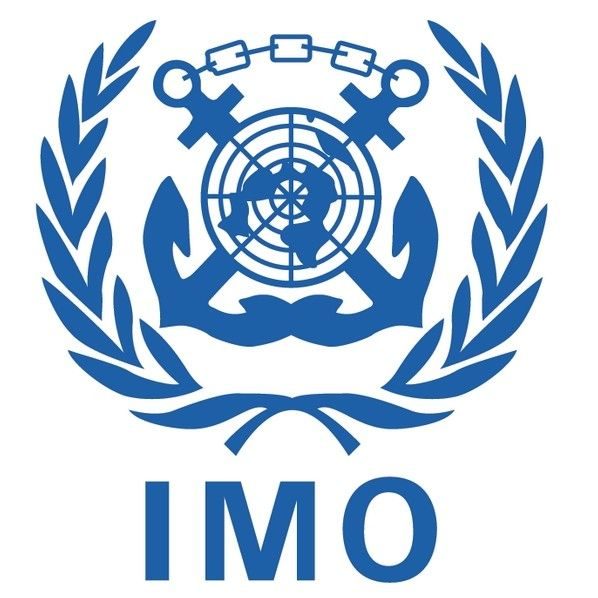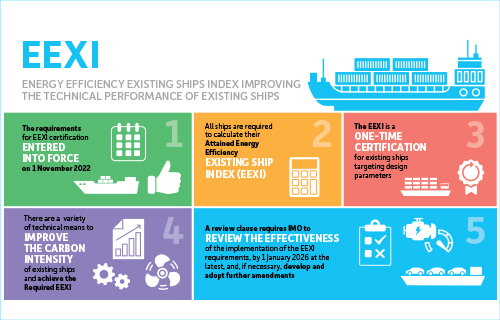Among the contributors to this environmental dilemma is the shipping industry, a vital cog in the global economy. As international trade burgeons, so does the responsibility to address the ecological toll it exacts on our seas. This article explores the challenges of ocean pollution within the shipping sector and the concerted efforts of regulatory authorities worldwide to navigate towards cleaner, more sustainable horizons.
Current State of Affairs:-
pollutants that not only degrade air quality but also find their way into the sea, causing marine pollution. The two primary culprits are air emissions, primarily from the burning of fossil fuels, and the discharge
of various pollutants directly into the water. Air emissions consist largely of sulfur oxides (SOx), nitrogen oxides (NOx), and particulate matter. These pollutants not only contribute to global warming but also lead to acid rain and respiratory issues in coastal communities. On the aquatic front, oil spills, chemical discharges and plastic waste pose grave threats to marine ecosystems.
Regulatory Initiatives: A Global Perspective
Recognizing the urgency of the situation, regulatory authorities worldwide have embarked on a collaborative journey to set standards and enforce regulations that mitigate the impact of shipping on the
environment.

Picture Credit:- ITU
International Maritime Organization (IMO): At the forefront of these efforts stand the International Maritime Organization (IMO), a specialized agency of the United Nations. The IMO has introduced a
series of regulations aimed at curbing emissions and reducing the environmental footprint of the shipping industry. Notable among these is the International Maritime Organization’s International Convention for the Control and Management of Ships’ Ballast Water and Sediments are designed to prevent the spread of harmful aquatic organisms from one region to another.
Sulfur Cap Implementation: One of the landmark decisions by the IMO was the introduction of the Global Sulphur Cap in 2020. This regulation drastically reduces the allowable sulfur content in marine fuels, from 3.5% to 0.5%, thereby significantly decreasing air pollution from ships.
Energy Efficiency Existing Ship Index (EEXI): The IMO, in its continuous pursuit of sustainability has also initiated measures to enhance the the energy efficiency of existing ships. The EEXI regulation is set to come into force in 2023 and mandates ships to meet specific energy efficiency requirements.

Picture Credit:- IMO
European Union’s Green Deal: Beyond global efforts, regional bodies are also taking decisive action. The European Union, under its Green Deal, is implementing the European Green Deal for Shipping, which aims to make the European maritime sector greener and more sustainable. This initiative encompasses various measures, from the deployment of alternative fuels to promoting the use of renewable energy in ports.
United States Environmental Protection Agency (EPA): In the United States, the EPA plays a pivotal role in regulating air emissions from ships operating within its territorial waters. The North American Emission Control Area (ECA) was established to limit emissions of sulfur oxides, nitrogen oxides, and particulate matter from ships.
Challenges and Future Prospects:-
While these regulatory frameworks mark significant strides in addressing ocean pollution, challenges persist. Enforcement, technological readiness, and the economic viability of green
technologies pose hurdles that the industry must surmount.

Pic credit :- SHM Shipcare
In conclusion, the maritime industry finds itself at a critical juncture where the imperatives of global trade must harmonize with the urgent need for environmental sustainability. “Blue Horizons: Tackling Ocean Pollution in the Shipping Industry” has shed light on the multifaceted challenges posed by the industry’s ecological footprint and the proactive measures taken by regulatory authorities worldwide.
The International Maritime Organization (IMO) has spearheaded a global movement towards cleaner seas, introducing groundbreaking regulations such as the Global Sulphur Cap and the Energy Efficiency Existing Ship Index (EEXI). Simultaneously, regional players like the European Union and the United States have implemented stringent measures to ensure the compliance of ships operating in their waters.
However, challenges persist. The effective enforcement of these regulations, the development and adoption of green technologies, and the economic viability of sustainable practices remain critical areas that demand continued attention. As the maritime sector navigates these challenges, it is imperative for all stakeholders to embrace the collective responsibility of safeguarding our oceans. Ship operators, regulatory bodies, and the broader public must work in tandem to foster innovation, invest in sustainable practices, and champion a maritime industry that not only propels global trade but does so with a conscientious commitment to the health of our planet.
In the pursuit of blue horizons, the journey is as important as the destination. It is a journey that demands collaboration, resilience, and a shared vision of a maritime industry that leaves a positive legacy for
generations to come. Through stringent regulations, technological innovation, and a collective determination to embrace sustainability, the shipping industry can chart a course towards cleaner, blue horizons, ensuring that the oceans remain a resilient and vibrant source of life for the planet.
Author: PRANAY SHARMA, 4th Engineer




